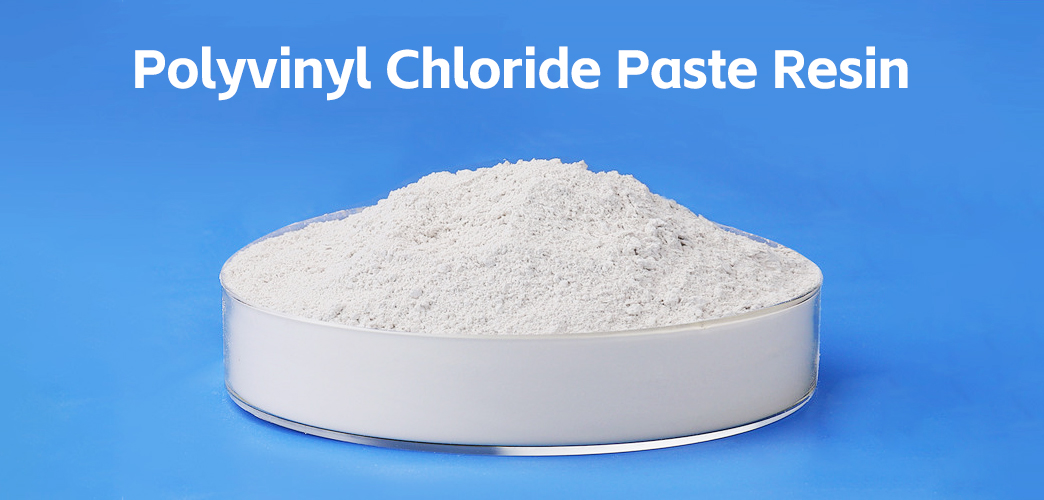
Applications of Polyvinyl Chloride Paste Resin in Artificial Leather
2025-05-13 17:52Polyvinyl Chloride (PVC) Paste Resin is a key material in producing artificial leather, offering durability, flexibility, and cost-effectiveness as an alternative to natural leather. This article highlights the role of PVC Paste Resin in artificial leather, its properties, production process, and advantages.
Properties of PVC Paste Resin for Artificial Leather
PVC Paste Resin is ideal for artificial leather due to its unique properties. Formulated as a paste, it coats fabric substrates evenly, forming flexible, durable layers after curing. Key properties include:
Flexibility: Plasticizers make artificial leather soft and resistant to cracking.
Durability: PVC Paste Resin bonds strongly with fabrics, ensuring long-lasting artificial leather.
Water and Chemical Resistance: Its structure provides inherent resistance to water and chemicals.
These traits make PVC Paste Resin-based artificial leather suitable for demanding applications.
Manufacturing Process
Producing artificial leather with PVC Paste Resin involves:
Paste Preparation: Mixing PVC Paste Resin with plasticizers and additives.
Coating: Applying the paste to a fabric substrate (e.g., polyester).
Curing: Heating to solidify PVC Paste Resin into a leather-like material.
Surface Treatment: Embossing for desired texture.
This customizable process allows tailored artificial leather properties, like enhanced durability or specific textures.
Advantages
PVC Paste Resin-based artificial leather offers:
Cost-Effectiveness: Low-cost PVC Paste Resin and efficient production reduce expenses.
Ease of Maintenance: Resists stains and requires minimal care.
Design Versatility: Available in various colors and textures.
Market Growth: The artificial leather market is expanding, with PVC Paste Resin products leading due to affordability.
Environmental concerns are being addressed through recycling and eco-friendly additives.
Conclusion
PVC Paste Resin is vital for artificial leather, combining flexibility, durability, and affordability. Ongoing advancements in sustainability will further strengthen its role in manufacturing.

